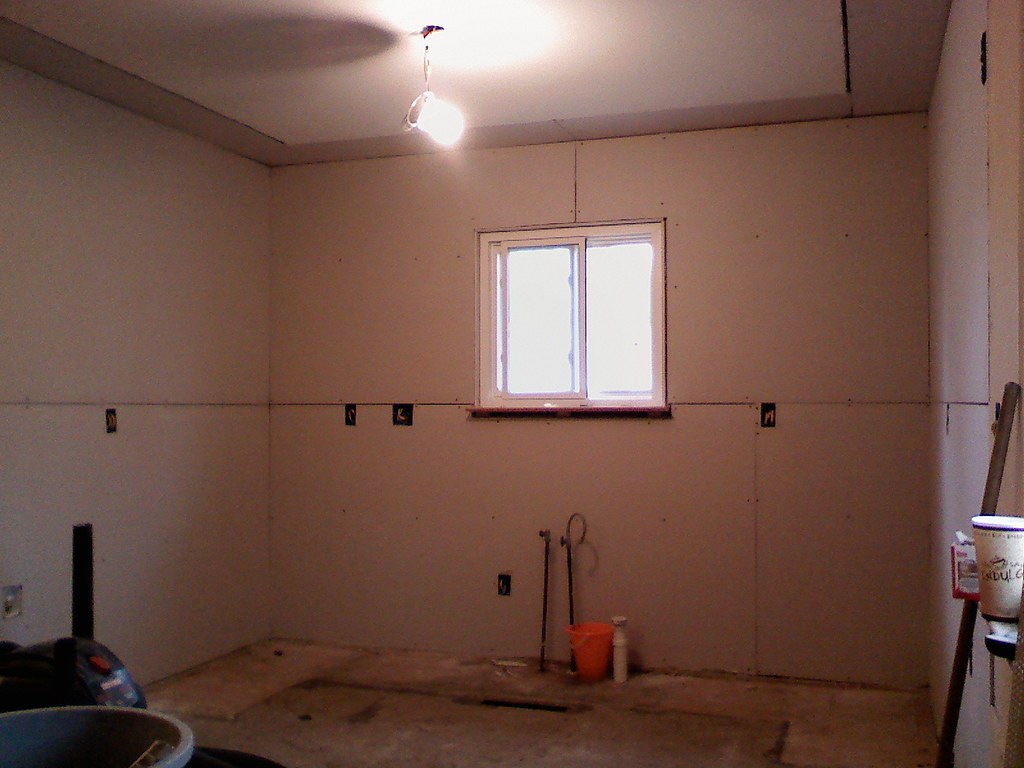When going through a home remodel, drywall dust is the worst thing to have. You will surely expect to have this problem when sanding drywall joints. The fine powder-like byproduct is just horrible that many manufacturers of vacuums void your warranty if you use it to clean up drywall dust. Because it is this horrible, as a homeowner, you need to know how to prevent drywall dust at any time you decide to remodel.
How to Prevent Drywall Dust: Choose the Right Compound and Equipment
The Spruce gives a list of alternatives to reduce drywall dust significantly. This list includes using low-dust drywall compound, dry sanding with barrier and negative pressure, drywall vacuum sander, and wet sanding drywall joints.

The first suggestion, using low-dust drywall compound, is good because it does a good job at reducing the spread of dust. This is because there is lesser air-borne dust. Low-dust drywall compound is a special mud that produces larger particles that are almost like sawdust. Since these particles are heavier, they drop to the ground instead of floating and going airborne. The only downside to this is it is more expensive than a regular compound.
The second way to reduce drywall dust is to dry sand with a barrier and negative pressure. This barrier is an enclosure of plastic sheeting with a fan that blows toward the exterior. This means is cheap and simple and will not at all affect the quality of sanding. The problem with this is you still generate a large amount of sand, but it is more manageable. Barriers like these are available at any hardware store.

Third, use a drywall vacuum sander. This something you attach to your regular vacuum. This attachment is a special grid-like implement that sucks dust away and down through a hose while you are sanding. At the end of that hose is a bucket of water. This tool works well in small areas but can create a drag on the sander, making it more difficult to move the sander to different places.
Fourth, sanding with a damp sponge instead of a mesh sander. This makes sanding 100% dust free but it does not do very well at bringing down the joints. This method is similar to trying to wipe off dried flour dough from a kitchen counter. Wet sanding works on a small scale but not on an entire room.

In home renovation projects, dust containment should be in the list of priorities. There are things you can do aside from those mentioned above to prevent drywall dust from spreading. For starters, designate one doorway as the only entry and exit prior to a project. Seal up other doorways with 6-mil poly and masking or blue tape. Another option is to install a temporary dust door. These are plastic doors that open and close with a zipper, making them really clever as a dust-control system.
Third, try to depressurize the room. Pick a window at the far end of the work area. Mount a window fan there and make sure the fan blows out. Seal around the fan and window frame with some poly and then tape the plastic to the sides of the fan. This creates a good seal. This draws the air into the work area and keeps the dust from drifting to other areas in the house. Another thing to do is to adjust the HVAC system. Make sure that this doesn’t run during construction. Cover any registers in the work area with some kraft paper and tape. Remove all window air-conditioning units from the work are because they get clogged easily with dust.

When controlling dust, it does a lot of good to work outside. Whenever possible, have carpenters cut wood outside. Have them attach dust-collecting vacuums to their power saws and sanders. In addition, regularly sweep and vacuum, whether the job is big or small. Let the crew sweep up after every workday and then vacuum thoroughly every two weeks. It is important to remember that before using a shop vacuum, clean it out and brush off the filters. Let it run outside the house for a minute before bringing it inside. If a dirty vacuum starts “cold” indoors, it will surely throw off so much of its own dust.
Finally, to manage things better, get a cleaning service. Of all people, these experts know how to prevent drywall dust. It is what they specialize in. Also, when bidding for a contractor, choose one that considers a good approach to deal with dust. So, be sure to get a contractor that has a “dust plan”. If not, don’t consider hiring.

